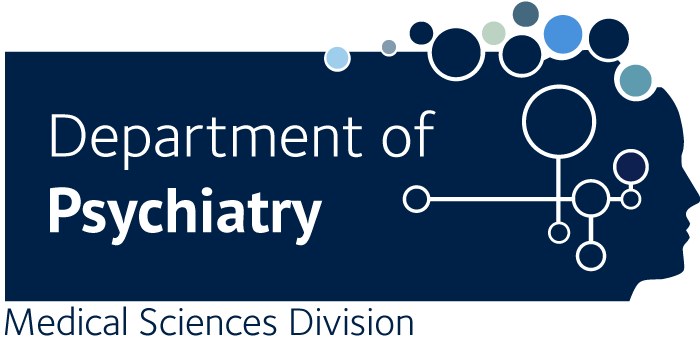The heritability of multi-modal connectivity in human brain activity.
Colclough GL., Smith SM., Nichols TE., Winkler AM., Sotiropoulos SN., Glasser MF., Van Essen DC., Woolrich MW.
Patterns of intrinsic human brain activity exhibit a profile of functional connectivity that is associated with behaviour and cognitive performance, and deteriorates with disease. This paper investigates the relative importance of genetic factors and the common environment between twins in determining this functional connectivity profile. Using functional magnetic resonance imaging (fMRI) on 820 subjects from the Human Connectome Project, and magnetoencephalographic (MEG) recordings from a subset, the heritability of connectivity among 39 cortical regions was estimated. On average over all connections, genes account for about 15% of the observed variance in fMRI connectivity (and about 10% in alpha-band and 20% in beta-band oscillatory power synchronisation), which substantially exceeds the contribution from the environment shared between twins. Therefore, insofar as twins share a common upbringing, it appears that genes, rather than the developmental environment, have the dominant role in determining the coupling of neuronal activity.

